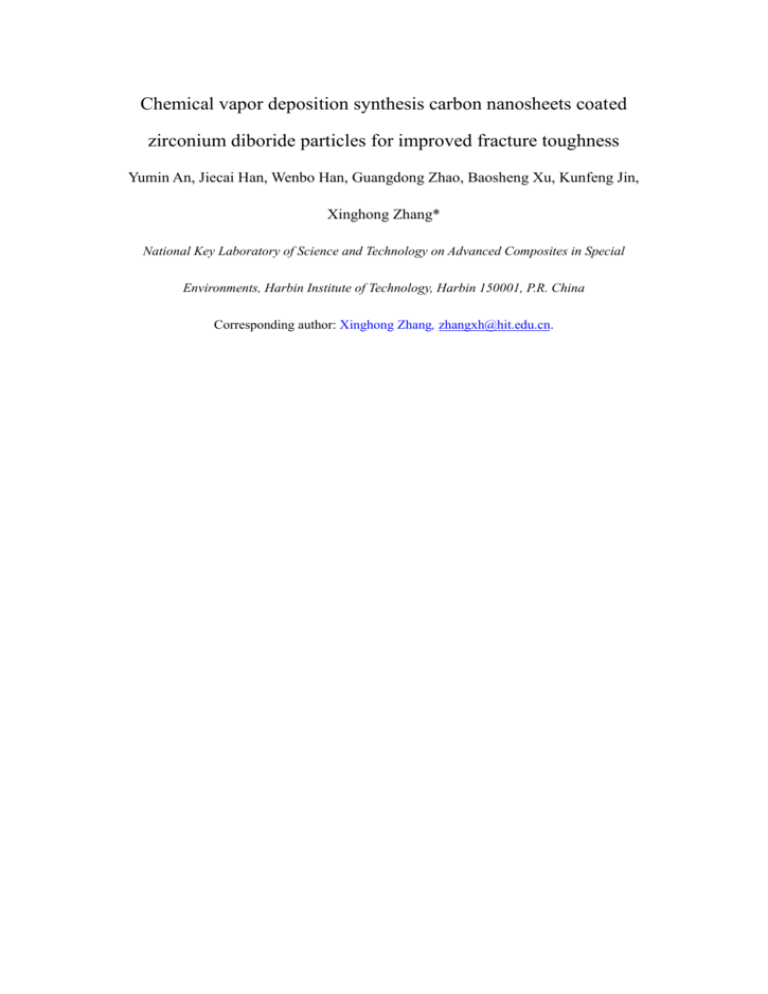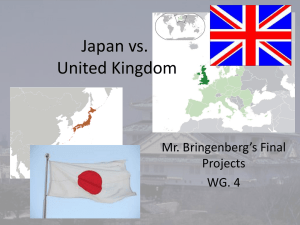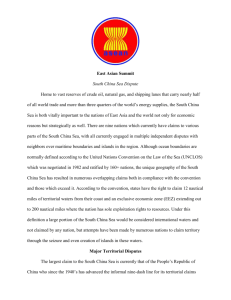jace14064-sup-0002-Legends
advertisement

Chemical vapor deposition synthesis carbon nanosheets coated
zirconium diboride particles for improved fracture toughness
Yumin An, Jiecai Han, Wenbo Han, Guangdong Zhao, Baosheng Xu, Kunfeng Jin,
Xinghong Zhang*
National Key Laboratory of Science and Technology on Advanced Composites in Special
Environments, Harbin Institute of Technology, Harbin 150001, P.R. China
Corresponding author: Xinghong Zhang, zhangxh@hit.edu.cn.
CVD growth process of carbon nanosheets
During the CVD growth process, Fig. S1 represented the temperature curves and
gas flow. First, the temperatures were heated to 800 oC at the rate 8 oC/min, and then
kept at 800 oC for 30 min. At the same heating rate, the temperature raised to 1000 oC
under Ar (600 sccm) and H2 (30 sccm). After annealing for 15 min, a small amount of
CH4 (20 sccm) was introduced to initiate the growth of carbon nanosheets at
atmospheric pressure. The deposition time could be flexibly adjusted. After growth,
the furnace was cooled down to room temperature under the protection of Ar and H 2,
the gas ratio was the same as growth.
Figure S1 Temperature curves and gas flow in the CVD process.
Thermodynamic analysis for carbon nanosheets grown on ZrB2 particles
FV mode and SK mode were employed to analyze the grow process of
CNS/ZrB2 particles. Both in the modes, the ZrB2 particles were simplifies to sphere
with the radius r. FV mode was supposed to one homogeneous CNS layer coating on
the sphere, core-shell structure. The surface roughening on the core-shell structure
was the SK mode. While t0 represented total shell thickness, twl was the thickness of
wetting layer, which were shown in Fig. S2.
Figure S2 Schematic diagram of the FV and SK mode
In this part, we compared the energy change caused by the two growth modes to
identify which growth mode was more favorable. For the FV mode, the energies
change ( E FV ) was composed by two parts: strain energy ( E stFV ) and surface energy
( E sfFV ) induced by the increasing epitaxial layer. For the symmetry,the strain
components in the two tangential direction εt and εz were the same, given by εt=εz=ε0.
ε0 was determined by the lattice mismatch between the carbon shell and ZrB2 particles,
which was (aCN-aZB)/ aCN, with aCN and aZB as lattice constants of the materials of
carbon shell and ZrB2 particles. Otherwise, there was no stress in the direction normal
to the sphere surface [1], which indicated the strain components in this direction were
all equal to zero.
E
E
st
FV
4
r
r
E FV E FV
st
FV
sf
2
2
2
t0 1
[ C 11( t z ) C 12 t z ]r dr
t wl 2
(1)
(2)
In the eq. 2, c11 and c12were the elastic constants of the carbon layer. In eq. 3, the
γwl and γt0 were the surface energies of the layer with thickness twl and t0 respectively.
The detail formulas of the two components were presented in eq.4 and eq.5. The γZB
and γCN were surface energy densities of the ZrB2 substrate and CN respectively. h0
was the thickness of monolayer carbon and η was a dimensionless parameter depends
on the interactions between the layers. The energy change in FV mode was obtained
as eq. 5.
E
sf
FV
4 [(r t 0)
wl
t
0
ZB
(
ZB
(
t (r t wl) t
2
CN
CN
2
0
ZB
]
(3)
wl
(
/ )
)(1 e t wl h 0 )
(4)
( / )
)(1 e t 0 h 0 )
(5)
ZB
In the SK mode, the energies changes consisted of other two components:
relaxation energy ( E rSK ) of the carbon islands and the elastic interaction energy ( E inSK )
between carbon islands, beside strain energy ( E stSK ) and surface energy ( E sfSK ) for the
appearance of carbon islands, shown as eq.6. Here, carbon islands formed after the
thickness of the deposited layer exceed twl, and the number of the islands on the
substrate surface was n, thus the volumes of the carbon islands could be obtained as
eq. 7.
E
E SK E SK E SK E SK
(6)
3
3
4
[(r t 0) (r t wl ) ]
3n
(7)
sf
SK
V
st
r
in
Assuming carbon islands were four prisms with invariable contact angle, the two
lengths of islands would change with the volume as eq.8. The relationship of the two
lengths was given by eq.9. Accordingly, the areas of the side facet surface and base
surface were achieved as eq.10 and eq.11 respectively. Hence, the change of surface
energy and strain energy could be expressed as eq. 12 and eq.13, respectively. In the
eq. 12, γS was the surface energy density of the side facet of the carbon islands. εtwl was
the strain on the surface of wetting layer in the tangential direction.
V
1 3 3
( ) tan
6 l1 l 2
(8)
l l
2
1
2t 0
(9)
tan
l1 l 2
S 1 cos
2
S
E
E
st
FM
sf
SK
nV [
2
(10)
l1
2
2
n(
s
(11)
S S
1
wl
2
(12)
)
1
2
2
(
)
]
2 C 11 t wl z C 12 t wl z
(13)
In the relaxation energy eq. 13 of the carbon islands, the strain in the islands was
consider to be uniform, the average strain was
E
r
SK
a
1
(
)
2 t wl z
n M
(14)
(1 ) 2
tan V
(1 ) a
(15)
was the shape factor, M and were the Young’s modulus and Poisson’s ratio,
respectively.
E
ini
M (1 ) 2 2 1
1
F( )
3
aV
(1 )
(il) 2i
(16)
Because of the distance between the islands couldn’t be ignored, the elastic
interaction energy between any two islands could be expressed as eq. 16. i-1 was the
number between any two islands. The correction factor was
(1.5 s)
(1 2i) s
9
]
] 4( p 1)( p 1.5)(s p 1)(s p 1.5)}[
(1.5)
( p 1)(s p 1)
2
s
1
F ( ) {[
2i
s 0 p 0
2
(17)
Then, the total elastic interaction energy of carbon islands on the substrare could
be expressedas eq. 18.
E
in
SK
n
(n i) E ini
(18)
i 1
Hence, the energy difference of the FV and SK mode could be obtain as
E E
FV
E SK
(19)
If the energy difference was large than zero, SK mode was preferred, contrarily,
when the difference was smaller than zero, the preferred mode was FV mode. The
parameters used were shown in Tab. S1.
Table S1 the parameters used in the calculation
aZB
aCN
r
n
t0
ZrB 2
carbon
c11
c12
0.355
nm
0.335
nm
1.2
μm
50
20
0.85
ev/atom
8.8[2]
ev/atom
1104[3]
203[3]
70o
0.17[4]
Reference
[1] H. L. Wang, M. Upmanyu, C. V. Ciobanu. Morphology of epitaxial core-shell nanowires. Nano
Lett., 8, 4305-4311(2008).
[2] M. C. SChabel, J. L. Martins. Energetics of interplanar binding in graphite. Phys. Rev. B 46,
7185(1992).
[3] Y. Qi, H. B. Guo, L. G. Hector, A. Timmons. Threefold increase in the Young’s modulus of
graphite negative electrode during lithium intercalation. J. Electrochem. Soc., 157,
A558-A566(2010).
[4] A. Politano, G. Chiarello. Probing Young’s modulus and poisson’s in graphene/metal interfaces
and graphite: a comparative study. Nano Res., DOI 10.1007/s12274-014-0691-9.








